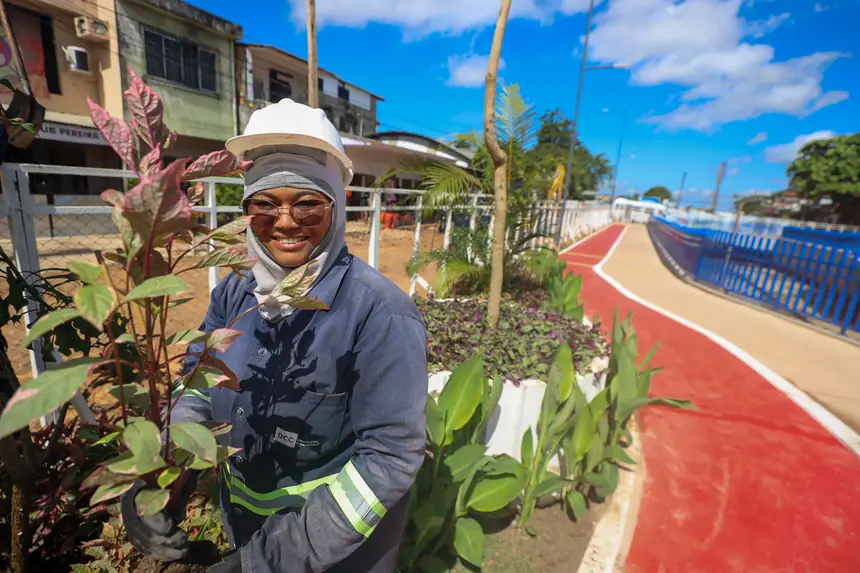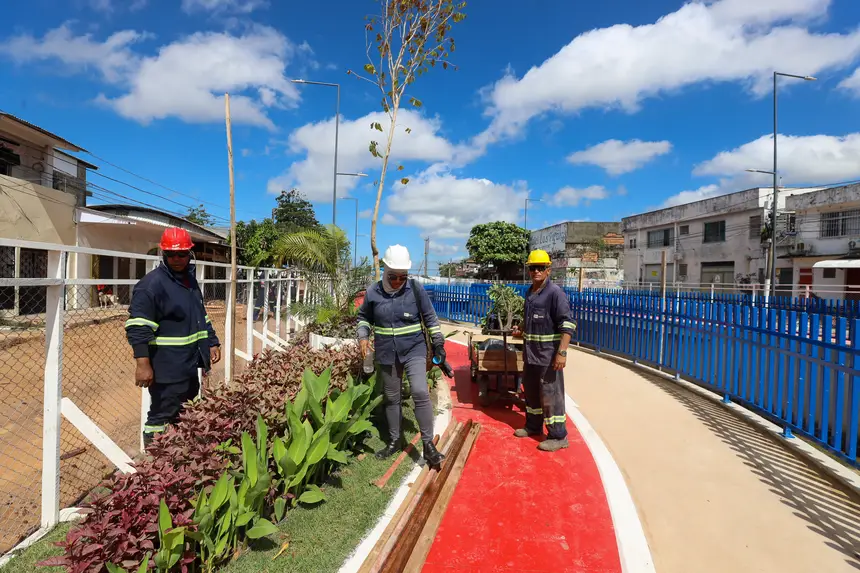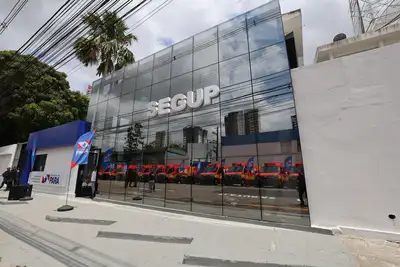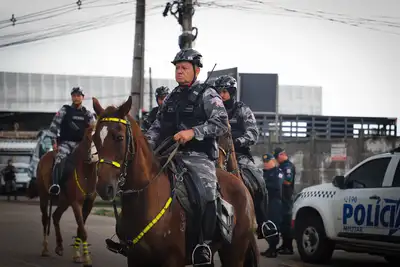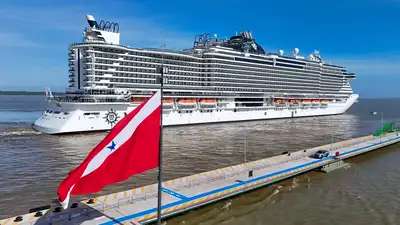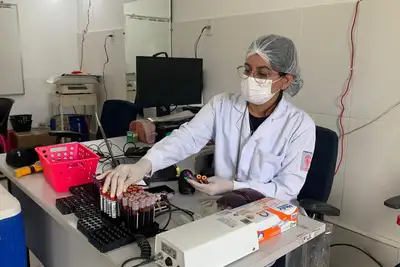Works of Nova Tamandaré advance and government removes barriers from blocks C and E
In addition to the construction of the Linear Park, work is also ongoing on the implementation of sewage systems
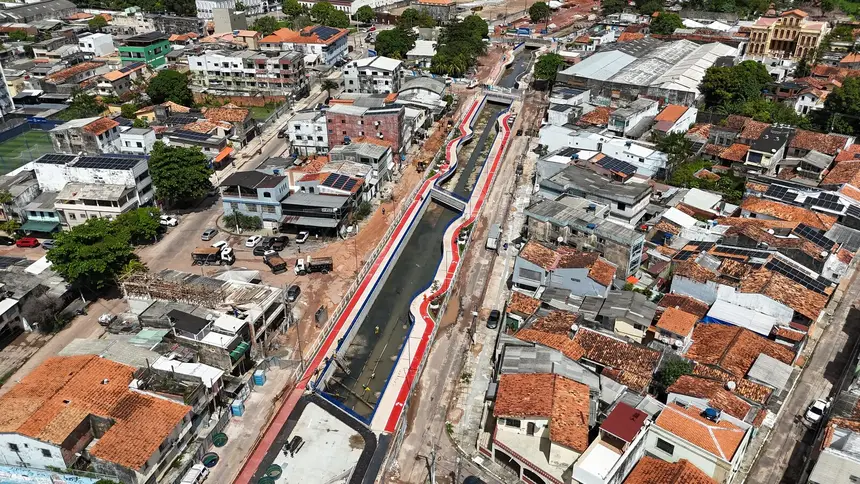
The Government of Pará has removed the barriers from blocks C and E of Nova Tamandaré, in Belém. Now, those passing through the stretch between Dr. Malcher and Ângelo Custódio streets can closely see the landscaping and leisure areas of the new Linear Park under construction. The work on the implementation of the sewage system, which will improve the lives of those living on Avenida Tamandaré and nearby areas, is also visible.
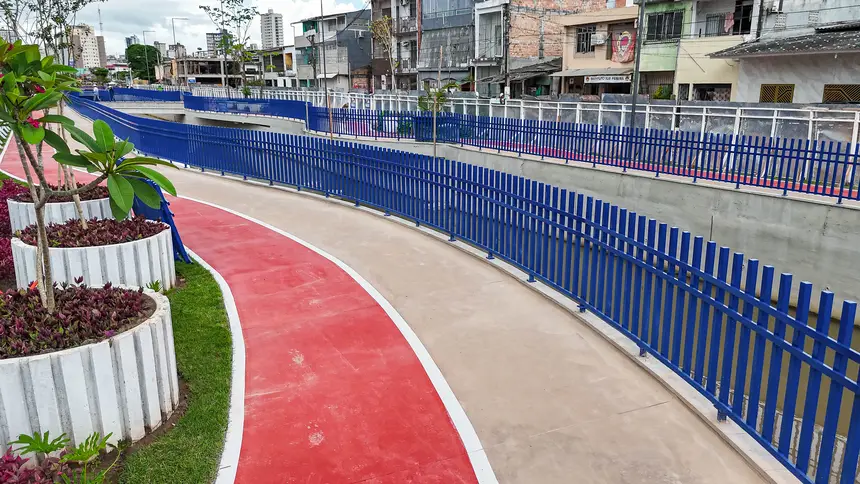
The barriers from blocks H and I have also been removed. In these sections, kiosks, bike paths, walkways, playgrounds, pet areas, outdoor gyms, and spaces for contemplation and events are under construction. Trees are being planted and transplanted on site, shaping a new urban landscape.
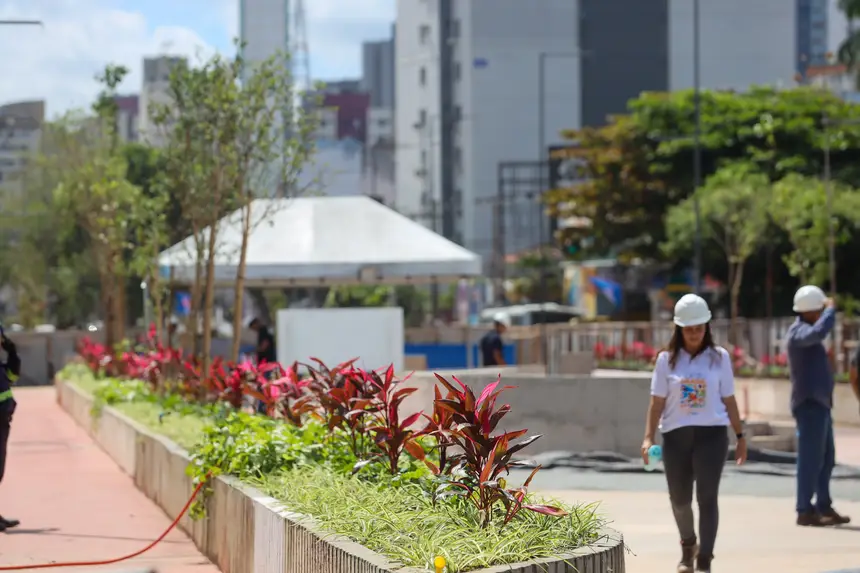
With 84% completion, Nova Tamandaré is one of the structural interventions that make up the legacy of the 30th United Nations Conference on Climate Change (COP30), which will be held in the capital of Pará in November. The project aims to integrate the canal with the city, promoting mobility, leisure, and urban qualification in one of the most traditional regions of Belém, restoring the importance of Avenida Tamandaré for the population. The works are carried out by the State Department of Public Works (Seop), with funding from the National Bank for Economic and Social Development (BNDES) and support from the Federal Government.
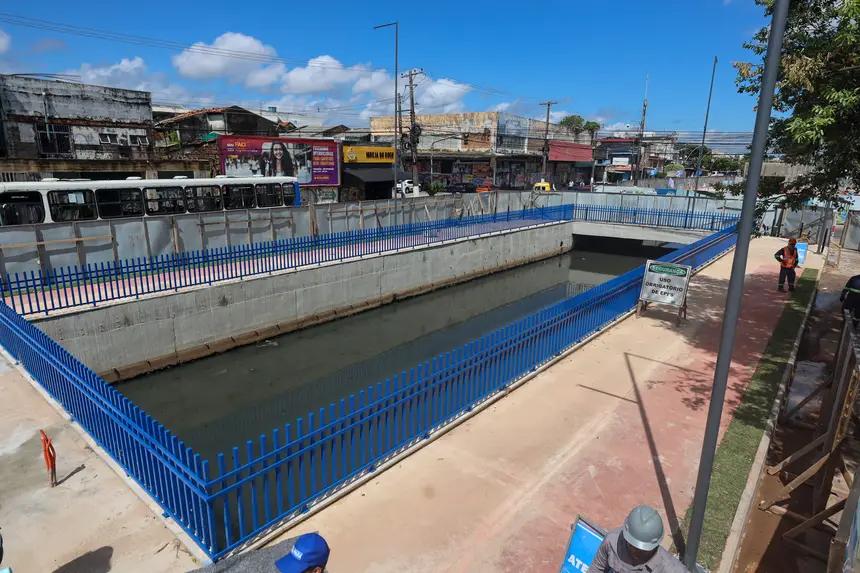
Underground sanitation transforms the region
Alongside the Linear Park, Nova Tamandaré has been receiving sanitation works to ensure the proper collection of sewage from properties located around the canal. The infrastructure, which will not be visible to the public due to being an underground intervention, includes a sewage collection network, demolition and reconstruction of asphalt pavement, a sewage treatment plant, sewage and stormwater pumping stations, and a substation with five gates to control the flow of tides in the canal.


